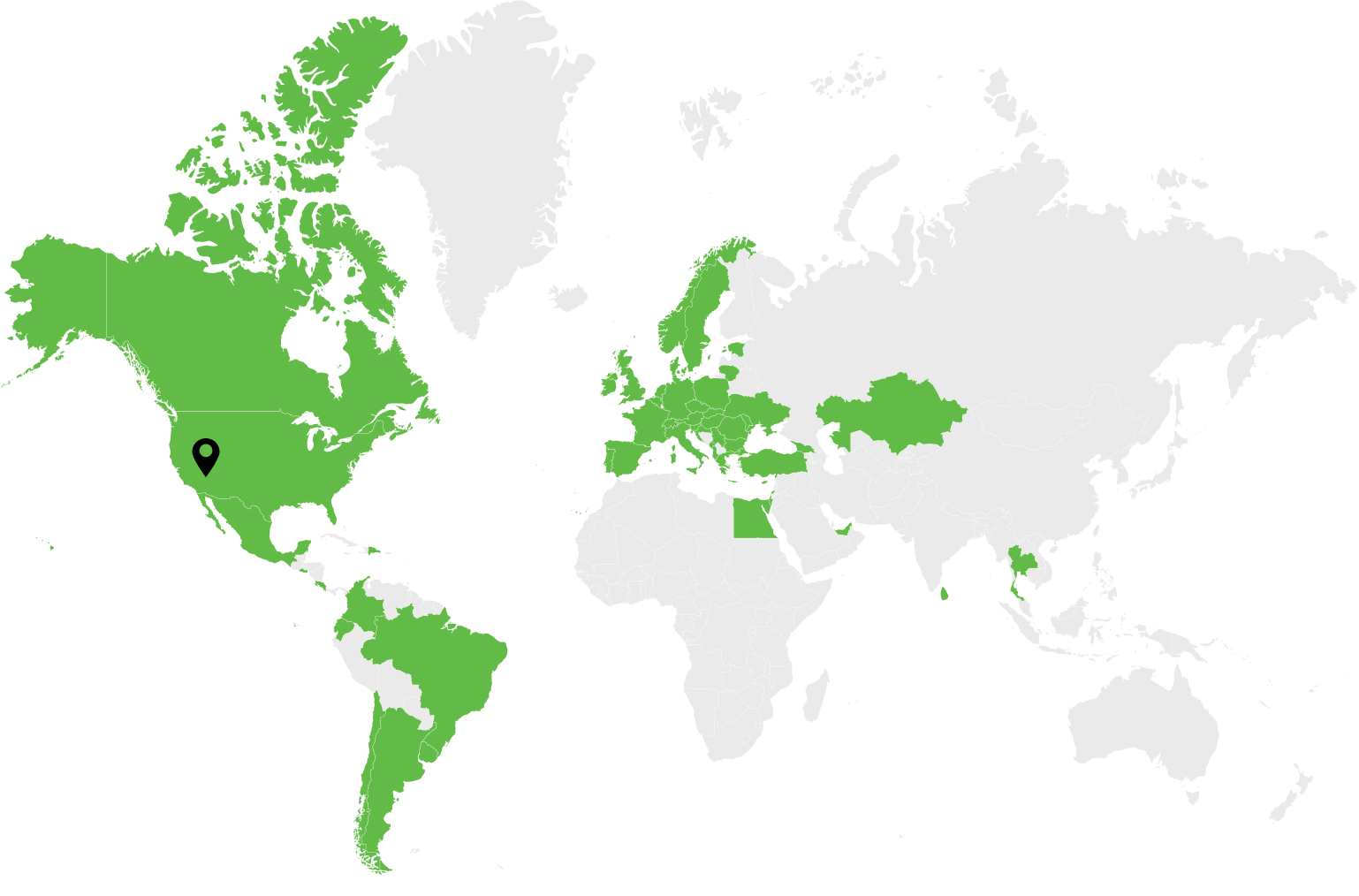Businesses frequently see hiring as a binary choice: outsource or go in-house. However, since IT projects vary widely in scope and complexity, the most effective hiring strategies are those that take a flexible approach and match the right resources to project needs.
Rather than being a question of better or worse, the right staffing choice depends on which model fits your project’s goals and workflow. Both full-time hiring and outstaffing align optimally with different phases, durations, and strategic areas of IT projects.
In this article, Dev.Pro explores how mixing full-time employees with outstaffed talent is a smart way to get the most from your IT department.
Why No Two IT Projects are Alike
While it might be tempting to look for a one-size-fits-all solution for IT staffing, the reality is that project scopes vary significantly in complexity and requirements. One company may need to quickly scale up its development team to support a large-scale cloud migration. Meanwhile, another may be focused on assembling a stable, long-term team to manage ongoing IT operations like help desk support.
Reasons IT projects vary include:
- Business goals
- Project scope and timeline
- Technology stack
- Compliance and security requirements
- Budget constraints
- User base and scale
- Urgency and business impact
When you don’t match your hiring model to the demands of your project, the results can be catastrophic. As Forbes tells us, “if you don’t have the correct technical expertise from the outset—especially at the coding level—any project quickly becomes unsustainable once you attempt to scale it up.”
The Outstaffing Option
Outstaffing is best suited for urgent project deadlines, temporary needs for niche expertise, and situations requiring rapid scaling. It is particularly effective for short-term or urgent projects, managing seasonal workloads, or driving digital transformation initiatives that require quick bursts of specialized skills. Furthermore, outstaffing aligns well with Agile development, offering rapid sprint execution and access to specialized skills when needed.
Smart Hiring Scenarios for Outstaffing
To determine when outstaffing is the right move for you, it helps to look at real-world hiring scenarios where it delivers clear advantages.
Smart Hiring Scenario #1: Speed
Speed is critical in tech, and outstaffing accelerates time-to-market with hiring timelines that typically span just days or weeks.
Sample Use Case: Meeting Tight Compliance Deadlines in Healthcare
A healthcare provider needed to complete a cloud migration within a strict 60-day compliance window. By partnering with an outstaffing firm, the client onboarded two certified Azure engineers in just 5 days, reducing ramp-up time by 85%. This rapid deployment enabled the project to finish 3 weeks ahead of regulatory deadlines.
Smart Hiring Scenario #2: Scalability
Scalability enables companies to quickly expand or contract their workforce in direct response to fluctuating business demands or evolving project requirements. This flexibility is particularly valuable in product development environments, where project scopes and resource needs can shift rapidly.
Sample Use Case: Scaling for Holiday Demand in E-Commerce
To prepare for peak holiday traffic, an e-commerce company tripled the size of its backend team within two weeks through outstaffing. This 200% scale-up boosted sprint capacity by 60%, enabling the platform to process three times more transactions without sacrificing performance or stability.
Full-Time Hiring for IT Staff
Full-time hiring is ideal when your organization has the time, budget, and strategic imperative to invest in a comprehensive, long-term recruitment and training process. While potential use cases are many, full-time hiring is particularly impactful for:
- Building long-term product teams
- Developing highly proprietary software or intellectual property
- Fostering a strong company culture
- Improving employee engagement.
Smart Hiring Scenarios for Full-Time Hires
Understanding when to invest in full-time hiring starts with identifying scenarios where an in-house team delivers lasting value.
Smart Hiring Scenario #1: Developing IP
In-house hiring gives organizations full control over product quality and intellectual property (IP), allowing for continuous oversight throughout the development process. This hands-on approach ensures adherence to quality standards and keeps proprietary information protected within the familiar U.S. legal framework.
Use Case: Protecting IP and Compliance in Healthcare AI
A healthcare analytics firm developing a proprietary AI algorithm chose to hire three full-time data scientists over six weeks. This approach enabled the company to retain full intellectual property ownership, ensure HIPAA compliance, and eliminate external data exposure. By keeping development entirely in-house, the firm safeguarded its core technology within the protections of the U.S. legal framework.
Smart Hiring Scenario #2: Long-Term Culture
Employees hired directly are fully integrated into the organization’s values and mission, leading to a deeper sense of commitment and alignment with long-term strategic goals.
Use Case: Strengthening Culture and Collaboration Through Full-Time Hiring
A well-established B2B SaaS company invested in full-time hiring to deepen its internal culture and drive long-term growth. Over 18 months, employee-led initiatives rose by 70%, fueling innovation, mentorship, and stronger cross-team collaboration. The results highlighted the long-term value of a fully engaged in-house team brought on as full-time hires.
Summary
According to McKinsey & Company, large IT projects run an average of 45% over budget, with software development being the most affected. One of the biggest culprits? Rigid hiring strategies that lack flexibility to scale talent based on real-time project demands.
Outstaffing vs. direct hiring isn’t a one-size-fits-all decision. From scaling e-commerce teams during peak seasons to fostering long-term innovation through in-house culture, the best hiring model is the one that aligns with your business goals and project lifecycle.
Choosing the right hiring model starts with understanding your project needs. Outstaffing suits fast-paced, flexible work, while onshore hiring is better for core development and long-term growth. Matching the model to the project leads to smarter, more efficient talent strategies.
Ready to Build the Right Team for Your Next IT Project?
Whether you need rapid scale or long-term stability, aligning your hiring strategy with your project goals is key. Talk to the Dev.Pro team to explore how a blended hiring model can help you move faster, build smarter, and stay on budget.Get started today!

